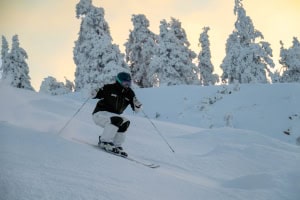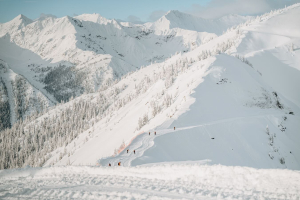2021 New Zealand Snow Season Outlook – Models Point to Average Snowfalls
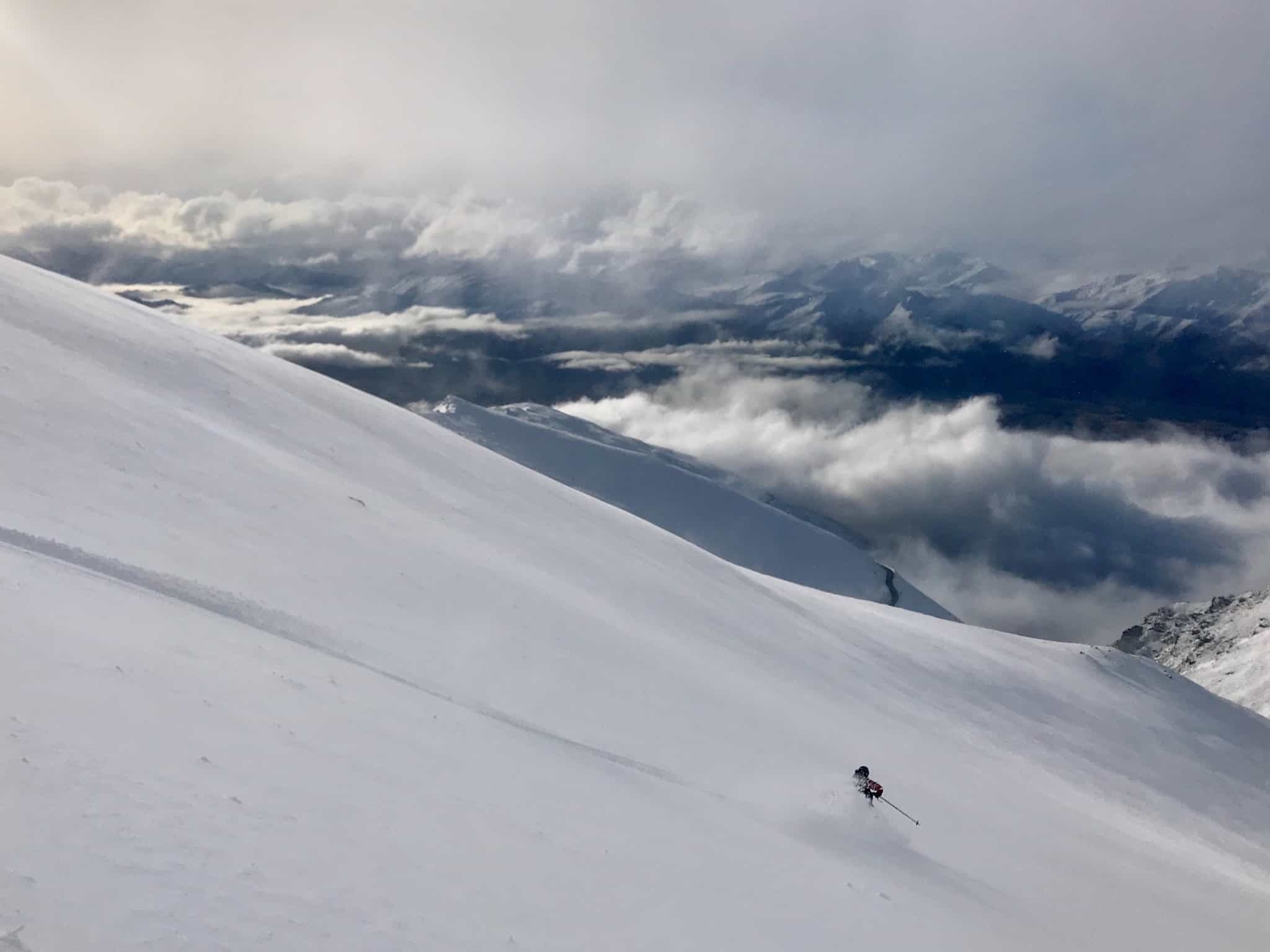
Mountainwatch | The Grasshopper
The Trans-Tasman bubble was finally given the thumbs up from the NZ Government, opening up the mountainous winter playground that is Aotearoa, New Zealand, to all of us snow-starved Australians. A common theme of this and the recent Australian Snow Season Outlook are the words neutral and average, which admittedly aren’t the best words to hear, but they also aren’t the worst. However, after the warmest winter in New Zealand history produced poor conditions last season, an average season would provide you with more stoke than you knew what to do with.
After the breakdown of a La Nina around the March period, ENSO is now sitting in a neutral position and is forecasted to remain neutral through the winter. A neutral phase will help lead towards the average precipitation and temperatures forecasted.
The IOD is similarly neutral with a possible swing the negative direction later in the season, which could increase the amount of moisture available to reach New Zealand. But we will have to wait and see how the models develop in the coming months, as previously discussed in the Australian seasonal outlook, the ability to predict the IOD that far in advance at this time of year is unreliable.
The Southern Annular Mode (SAM) and the Madden Julian Oscillation (MJO) are the other two drivers that may come into play during the season with variability on smaller timescales. The SAM is notoriously unstable, with events lasting up to a fortnight. A negative SAM leads to lower atmospheric pressure over New Zealand, increasing the chance of snow storms through pushing the circumpolar westerlies in the Southern Ocean north to the mid-latitudes.
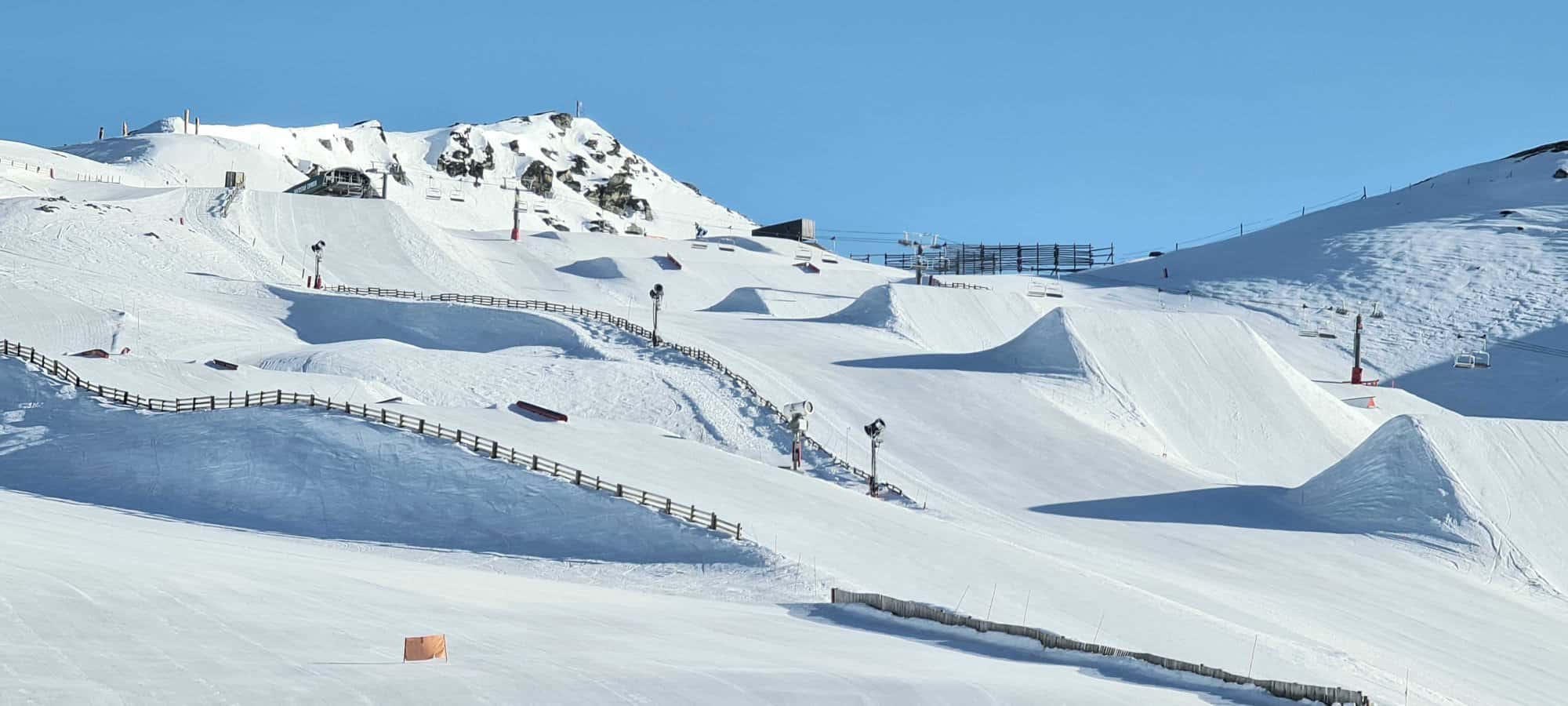
Last years’ winter was dominated by high pressure over all but the northwest of the country. This persistent pressure pattern induced an anomalous northwesterly flow, calm weather and prolonged periods of sunshine, resulting in warm temperatures and low snowfall.
This season, looking at the CS3 multi system forecast for mean sea level pressure (MSLP) below, there is a region of high pressure to the south and low pressure to the north, which looks to slightly weaken the westerlies through the production of an anomalous easterly flow. Most models share this orientation, with the location and strength of the high pressure different slightly by latitude.
The same multi-system model forecast for sea surface temperatures (SST) shows warmer waters expected around almost all of the country apart from the northeast. Warmer waters are also expected around the Maritime Continent, a possible leftover effect from most recent La Nina, and we can also see the neutral ENSO waters in the equatorial Pacific. Warmer seas coupled with the anomalous easterly flow suggests an average winter.
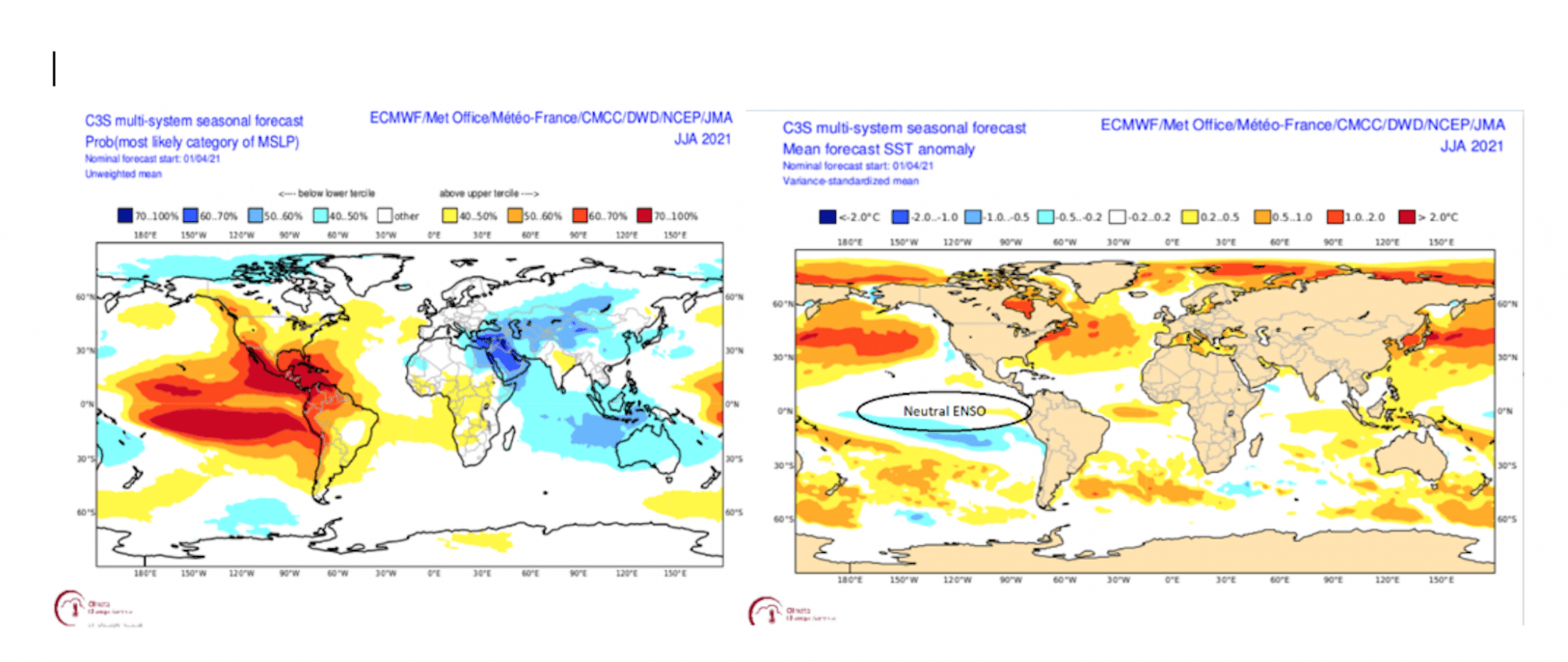
NIWA’s seasonal outlook for May to June calls for above temperatures over the eastern South Island and above or average temperatures throughout the remainder of the country. This graphic looks eerily like last years’ at this time, and at best the forecast is for average temperatures.
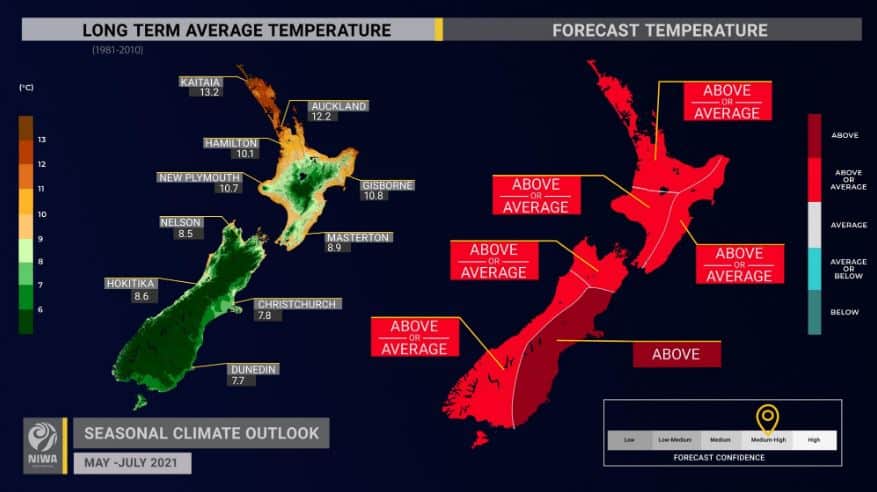
Overall, based on the model projections and current state of the climate drivers, this New Zealand ski season is expected to produce average to below average snowfalls. Neutral climate drivers may also expose us to a more noticeable and salient influence of climate change.
However, it only takes a few storm systems to make or break a season, so there is only so far we can go in trying to predict the chaos that is winter snowfall. A good season can never be written off, so go ahead and book that much-deserved holiday I say – cross your skis and hope for the best.


